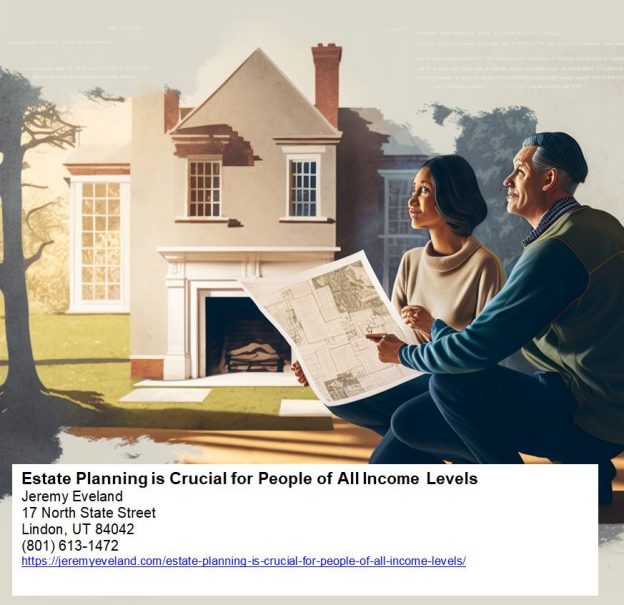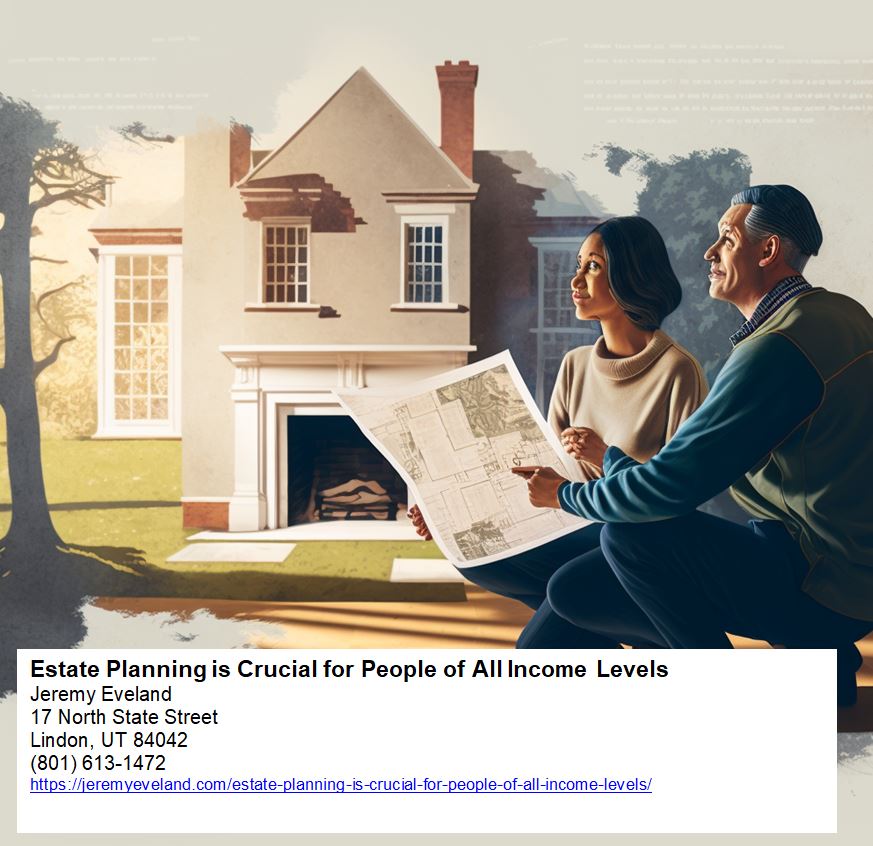Are you curious about the state of divorce in Utah? Well, you’re in the right place! In this article, we will explore divorce statistics in Utah, shedding light on the trends and numbers that define this complex issue. From the overall divorce rate to specific factors that contribute to marital dissolution, we’ll provide you with important insights that will help you understand the landscape of divorce in Utah. So, get ready to dive into the numbers and gain a deeper understanding of divorce statistics in Utah. And if you have any questions or concerns, don’t worry – we’ve got you covered with FAQs at the end of the article. Let’s get started!
Overview of Divorce Statistics
Divorce is a topic that affects many individuals and families across the United States, and Utah is no exception. In this article, we will explore the national divorce rate as well as the divorce rate specific to Utah. Furthermore, we will delve into the factors that influence divorce, the trends in divorce rates, and the effects that divorce has on couples, children, and overall well-being. Additionally, we will examine the process of divorce mediation and provide an overview of the legal requirements and steps involved in obtaining a divorce in the state of Utah. Finally, we will discuss alternative options to divorce and offer some guidance on seeking legal assistance.
National Divorce Rate
When examining divorce statistics on a national scale, it becomes apparent that divorce is a prevalent issue. According to recent data, the national divorce rate in the United States is approximately 40-50% for first marriages, 60% for second marriages, and 73% for third marriages. These figures highlight the unfortunate reality that divorce is not uncommon in our society.
Divorce Rate in Utah
Utah, known for its strong family values and religious affiliation, also faces its fair share of divorces. In fact, Utah has a slightly higher divorce rate compared to the national average. According to recent research, the divorce rate in Utah stands at around 12% per 1,000 people, compared to the national rate of approximately 10.9% per 1,000 people. While the reasons behind this discrepancy are complex and multifaceted, it is important to acknowledge the impact that divorce has on individuals and families in Utah.

Factors Influencing Divorce
Numerous factors can influence the likelihood of a divorce occurring. These factors can range from the age of the individuals involved, their education and socioeconomic status, the duration of their marriage, to the number of children they have and their religious affiliation.
Age
Age can play a significant role in the likelihood of a divorce. Studies have shown that the younger a couple is when they get married, the higher the chances of divorce. This may be due to the fact that younger individuals may not have fully matured or had enough life experience to navigate the challenges that come with marriage.
Education and Socioeconomic Status
Education and socioeconomic status also impact divorce rates. Research suggests that individuals with higher levels of education and socioeconomic status tend to have lower divorce rates. This may be attributed to factors such as financial stability, better communication skills, and access to resources for conflict resolution.
Duration of Marriage
The duration of a marriage can also affect the probability of divorce. Statistics indicate that the longer a couple stays married, the less likely they are to divorce. This may be because couples who have been together for a longer period of time have developed stronger bonds, shared experiences, and a deeper understanding of each other.
Number of Children
The number of children a couple has can significantly impact their decision to divorce. Research indicates that couples with children may be more inclined to stay together for the sake of their children. However, it is important to note that the presence of children does not always prevent divorce, as each situation is unique.
Religious Affiliation
Religious affiliation can also influence divorce rates. Studies have shown that individuals who are actively religious and involved in their faith communities tend to have lower divorce rates. This may be due to the support and guidance provided by religious institutions, as well as the emphasis on values such as commitment and forgiveness.
Trends in Divorce Rates
Understanding the trends in divorce rates is crucial in gaining insights into how divorce impacts society over time. By examining historical divorce rates in Utah, recent changes in divorce rates, and comparing them with other states, we can better understand the patterns and changes in divorce rates.
Historical Divorce Rates in Utah
Over the years, divorce rates in Utah have experienced fluctuations. In the late 20th century, there was a significant increase in divorce rates, which reached its peak around the 1980s. However, since then, divorce rates have been gradually declining. This trend may be attributed to various factors, including changes in societal norms, increased access to marriage counseling, and efforts to strengthen family relationships.
Recent Changes in Divorce Rates
In recent years, divorce rates in Utah have remained relatively stable. While there may be slight fluctuations from year to year, overall, divorce rates have not experienced any significant increases or decreases. This stability suggests that individuals and families in Utah are finding ways to work through challenges and maintain their marriages.
Comparison with Other States
When comparing divorce rates across different states, Utah often ranks higher than the national average. However, it is essential to consider various factors that contribute to this disparity. Factors such as cultural and religious differences, socioeconomic factors, and population demographics can all play a role in explaining the divergence between Utah and other states.
Effects of Divorce
Divorce is a life-altering event that can have wide-ranging effects on individuals and their families. It is essential to understand the emotional, financial, and overall well-being impacts of divorce in order to offer guidance and support to those going through this difficult process.
Emotional Impact on Couples
Divorce can lead to a range of emotions for both individuals involved. Feelings of grief, loss, anger, fear, and uncertainty are common during divorce proceedings. It is crucial for individuals to seek emotional support from friends, family, or professional counselors to help navigate these turbulent emotions and find healing.
Financial Consequences
Divorce often brings significant financial changes for couples. The division of assets and liabilities, potential alimony payments, and child support obligations can have a substantial impact on an individual’s financial stability. Seeking legal advice and consulting financial professionals can help individuals develop a sound financial plan during and after divorce.
Impact on Children
Children are often deeply affected by divorce. The disruption of their family structure and dynamics can lead to emotional distress, feelings of insecurity, and difficulties adjusting to new living arrangements. It is essential for parents to prioritize their children’s well-being and seek counseling or therapy to support them through this challenging time.
Health and Well-being
Divorce can also take a toll on the health and overall well-being of individuals. Stress and anxiety associated with divorce can have negative physical and mental health effects. Maintaining self-care, seeking professional support, and accessing community resources can help individuals protect their health and well-being during this challenging period.
Divorce Mediation
Divorce mediation is an alternative dispute resolution method that allows couples to reach mutually agreeable solutions outside of the traditional court process. Understanding the definition, process, benefits, and key considerations of divorce mediation can help individuals make informed decisions about pursuing this approach.
Definition and Process
Divorce mediation involves a neutral third party, known as a mediator, who assists couples in reaching a settlement agreement. The mediator helps facilitate communication, identifies underlying concerns, and guides couples through the negotiation process. The mediation process typically includes multiple sessions where couples discuss the division of assets, child custody arrangements, and other key matters.
Benefits of Divorce Mediation
There are several benefits to engaging in divorce mediation. First and foremost, mediation allows couples to have more control over the outcome of their divorce, as they are actively involved in the decision-making process. Mediation is also often more cost-effective and less time-consuming than a traditional court process. Additionally, mediation can help foster better communication and reduce conflict between couples, which is especially crucial when there are children involved.
Key Considerations
While divorce mediation can be a valuable alternative to litigation, it is important to consider certain factors before deciding to pursue this method. For mediation to be successful, both parties must be willing to engage in open and honest communication and to work towards a mutually satisfactory resolution. Additionally, it is advisable to consult with an experienced mediator and/or attorney to ensure that the mediation process aligns with one’s unique circumstances and goals.

Legal Requirements for Divorce in Utah
Obtaining a divorce in Utah requires navigating specific legal requirements and procedures. Understanding the residency requirements, grounds for divorce, differences between legal separation and divorce, property division, alimony, and child custody and support can help individuals effectively navigate the legal process.
Residency Requirements
To file for divorce in Utah, at least one party must have been a resident of the state for at least 90 days before filing. Residency is established by maintaining a physical presence in Utah with an intent to make the state one’s permanent home.
Grounds for Divorce
Utah is a no-fault divorce state, which means that individuals seeking a divorce are not required to prove wrongdoing or assign blame to their spouse. The most common grounds for divorce in Utah are irreconcilable differences, which refer to a breakdown of the marriage that cannot be repaired.
Legal Separation vs. Divorce
Legal separation and divorce are two distinct legal processes. Legal separation allows couples to live apart and establish legally enforceable agreements regarding property division, child custody, and support while remaining legally married. Divorce, on the other hand, ends the legal marriage, allowing both parties to remarry if they choose to do so.
Property Division
Utah follows the principle of equitable distribution when dividing marital property during a divorce. This means that the court will strive to divide marital assets and debts in a fair and just manner, taking into consideration factors such as the length of the marriage, each party’s financial situation, and contributions to the marriage.
Alimony
In certain divorce cases, alimony, also known as spousal support, may be awarded to provide financial assistance to the spouse in need. Factors such as the length of the marriage, each party’s earning capacity, and their contributions to the marriage are taken into account when determining the need and amount of alimony.
Child Custody and Support
Child custody is determined based on the best interests of the child in Utah. The court considers factors such as the child’s relationship with each parent, the ability of each parent to provide for the child’s physical and emotional needs, and the child’s preference if they are old enough to express it. Child support is calculated using specific guidelines that take into account factors such as each parent’s income and the number of children involved.
Divorce Process in Utah
The divorce process in Utah involves several steps, starting from filing a petition for divorce and ending with the finalization of the divorce decree. Understanding each stage of the process, including serving divorce papers, responding to the petition, discovery and negotiations, mediation, trial and litigation, and finalizing the divorce, can help individuals navigate this complex legal process.
Filing a Petition for Divorce
The divorce process in Utah typically begins with one party filing a petition for divorce with the appropriate court. The petition contains information about the marriage, grounds for divorce, and requested relief, such as division of property and child custody arrangements.
Serving Divorce Papers
After filing the petition, the party initiating the divorce must serve the other party with the divorce papers. This involves legally delivering the documents to the other party in accordance with the rules of the court.
Response and Counterclaims
Upon receiving the divorce papers, the respondent has a certain period of time to file a response, either admitting or denying the allegations stated in the petition. They may also file counterclaims, which state their own requests for relief and address any issues they want to bring to the court’s attention.
Discovery and Negotiations
During the discovery phase, both parties exchange relevant information and documents related to the divorce. This process allows each party to gather necessary evidence and better understand each other’s positions. After completing discovery, negotiations between the parties or their attorneys may take place to try and reach a settlement agreement.
Mediation and Settlement
If the parties are unable to reach a settlement through negotiations, mediation may be recommended. During mediation, a neutral third party facilitates discussions between the parties with the goal of reaching a mutually acceptable agreement. If a settlement is reached, it is documented and presented to the court for approval.
Trial and Litigation
If mediation does not result in a settlement, the divorce may proceed to trial. During the trial, each party presents their case, including evidence and witness testimony, to support their requests. The judge then makes decisions regarding property division, alimony, child custody, and other matters based on the evidence presented.
Finalizing the Divorce
Once the court has made its final decisions and issued a divorce decree, the divorce is considered finalized. The divorce decree outlines the terms of the divorce, including property division, alimony, child custody, and support arrangements. It is crucial to ensure compliance with the court’s orders to avoid potential legal complications.

Seeking Legal Assistance
Obtaining legal counsel during the divorce process is highly recommended to ensure that individuals have the necessary guidance and support. Choosing the right divorce attorney is crucial, as they will play a significant role in advocating for one’s rights and helping navigate the legal complexities of divorce. Here are some important considerations when seeking legal assistance.
Importance of Legal Counsel
Divorce can be a complex and emotionally challenging process, and having a knowledgeable and experienced divorce attorney by your side can significantly impact the outcome. An attorney can provide expert advice, protect your rights, and help you make informed decisions throughout the process.
Choosing the Right Divorce Attorney
Finding the right divorce attorney involves conducting thorough research, seeking recommendations from trusted sources, and considering factors such as experience, expertise, communication style, and compatibility. It is crucial to select an attorney who understands your unique circumstances and is committed to achieving the best possible outcome for you.
Initial Consultation
Most divorce attorneys offer an initial consultation to discuss the details of your case. This consultation provides an opportunity to ask questions, gather information, and assess whether the attorney is the right fit for your needs. It is important to come prepared with relevant documents and to be open and honest about your situation during this meeting.
Fees and Payment Options
Understanding the fee structure and payment options of a divorce attorney is essential. Different attorneys may have different fee arrangements, such as hourly rates, flat fees, or a combination of both. Additionally, discussing payment options, such as installment plans or potential sources of funding, can help alleviate financial concerns and ensure access to legal representation.
Alternative Options to Divorce
While divorce may be the best solution for some couples, there are alternative options that individuals can consider before making the decision to dissolve their marriage. Legal separation, annulment, and marriage counseling are alternative approaches that may be suitable depending on the circumstances.
Legal Separation
Legal separation allows couples to live apart and establish legally enforceable agreements regarding property division, child custody, and support without officially dissolving the marriage. This option provides an opportunity for couples to work through their issues while maintaining certain legal benefits of marriage, such as healthcare coverage.
Annulment
An annulment is a legal process that declares a marriage null and void, essentially erasing it from existence. Unlike divorce, which ends a valid marriage, an annulment treats the marriage as if it never happened. Annulments are typically granted in situations where the marriage is deemed void due to fraud, bigamy, lack of consent, or other specific circumstances.
Marriage Counseling
Marriage counseling can be a beneficial avenue for couples who are experiencing difficulties but are willing to work through their issues. Skilled therapists can help couples improve communication, resolve conflicts, and rebuild their relationship. Marriage counseling may offer valuable strategies for addressing challenges and avoiding divorce.
Frequently Asked Questions
What are the residency requirements for filing for divorce in Utah?
In Utah, at least one party must have been a resident of the state for at least 90 days before filing for divorce.
How is child custody determined in Utah?
Child custody in Utah is determined based on the best interests of the child. The court considers various factors, such as the child’s relationship with each parent, their physical and emotional needs, and the ability of each parent to provide a stable and nurturing environment.
Can I modify child support after the divorce is finalized?
In certain circumstances, it is possible to modify child support after the divorce is finalized. To modify child support, there must be a significant change in circumstances, such as an increase or decrease in income, a change in the child’s needs, or a change in custody arrangements. It is advisable to consult with an attorney to navigate the process of modifying child support.




